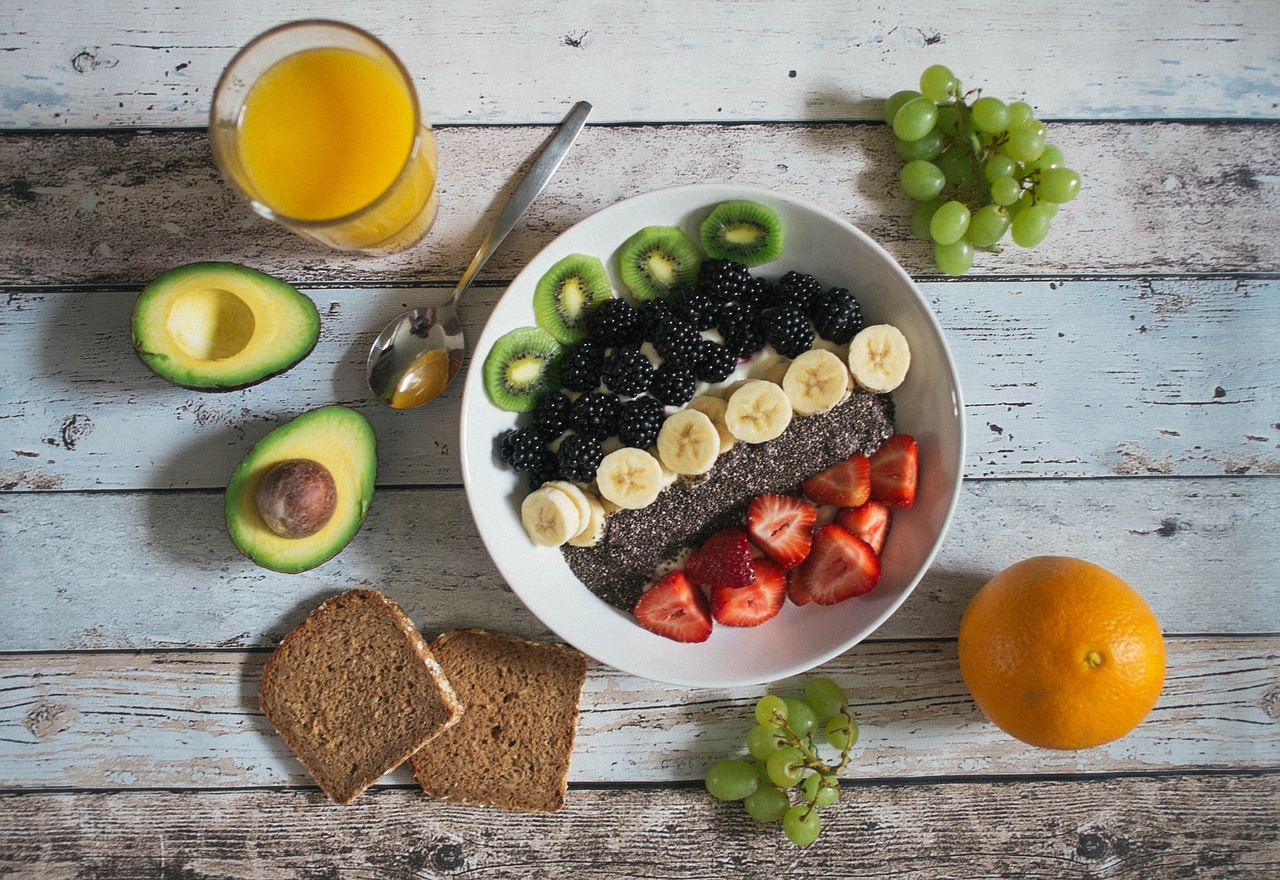“`html
In a world increasingly driven by health and wellness, the sugar-free diet has emerged as a popular choice for those looking to improve their overall well-being. With rising concerns around sugar consumption and its adverse effects on our health, many individuals are turning to sugar-free alternatives or drastically reducing their sugar intake. This blog post will explore the ins and outs of a sugar-free diet, including its benefits, challenges, and practical tips for those considering this lifestyle change.
What is a Sugar-Free Diet?
A sugar-free diet primarily focuses on eliminating added sugars and refined carbohydrates from your daily meals. While the approach might seem straightforward, it encompasses various elements that deserve further examination.
Types of Sugars
- Natural Sugars: Found in fruits, vegetables, and dairy products.
- Added Sugars: Sugars added to foods during processing (e.g., soda, candies, baked goods).
- Refined Sugars: Sugar that has been processed to remove all nutrients, resulting in empty calories (e.g., white sugar).
Understanding Sugar vs. Carbohydrates
Not all carbohydrates are created equal. Complex carbs (like whole grains) provide essential nutrients, while simple sugars often contribute to health issues. This diet focuses on minimizing the consumption of simple sugars.
Benefits of a Sugar-Free Diet
Choosing to adopt a sugar-free diet can bring numerous health benefits. Here are some of the most significant advantages:
- Weight Loss: Reducing sugar can help lower calorie intake, aiding in weight management.
- Improved Energy Levels: A reduction in sugar can lead to more stable energy levels throughout the day.
- Better Skin Health: High sugar consumption is linked to increased acne and skin aging.
- Lower Risk of Chronic Diseases: A sugar-free diet can decrease the risk of type 2 diabetes, heart disease, and obesity.
Challenges of Adopting a Sugar-Free Diet
While the benefits are noteworthy, transitioning to a sugar-free diet does come with its challenges. Here are some common hurdles you might encounter:
Withdrawal Symptoms
- Headaches
- Fatigue
- Cravings for sugary foods
These symptoms are temporary and usually subside after a few days.
Social Situations
- Dining Out: Finding sugar-free options can be difficult when eating out.
- Celebrations: Birthday cakes and desserts at social gatherings can be a challenge.
How to Transition to a Sugar-Free Diet
Making the switch to a sugar-free lifestyle doesn’t have to be overwhelming. Here are practical tips for easing into it:
Start Small
- Begin by eliminating obvious sources of added sugars such as soda and sweets.
- Gradually reduce sugar in your coffee, tea, and other beverages.
Read Nutrition Labels
Being vigilant about reading food labels can help you avoid hidden sugars. Look for terms like:
- High fructose corn syrup
- Sucrose
- Agave nectar
- Maple syrup
- Any ingredient ending in “-ose” (e.g., glucose, fructose)
Find Healthy Alternatives
Substituting high-sugar snacks with healthier options can make your transition easier:
- Opt for fruits instead of candy.
- Choose nuts or seeds over sweet granola bars.
- Experiment with sugar-free recipes and desserts.
Practical Examples of a Sugar-Free Diet
Incorporating a sugar-free diet can be creative and enjoyable. Here are some meal ideas:
Breakfast Options
- Oatmeal topped with fresh berries
- Greek yogurt with nuts and seeds
Lunch and Dinner Examples
- Grilled chicken salad with olive oil and vinegar dressing
- Stir-fried vegetables with tofu or lean protein, seasoned with spices rather than sugary sauces
Snacks to Enjoy
- Vegetable sticks with hummus
- Hard boiled eggs
- Dried fruit (without added sugar)
Conclusion
Embarking on a sugar-free diet can be a transformative journey that offers numerous health benefits and improved quality of life. While challenges exist, adopting practical strategies and staying informed can make the transition smoother and more sustainable. By understanding the types of sugars, recognizing their effects on our bodies, and incorporating healthy alternatives, individuals can take significant steps toward a healthier, more vibrant lifestyle.
“`



